I wanted to ask a question regrading elimination of left factoring and recursion in grammar. I've solved such problems in the past but the grammar in this one looks really tricky and it is beyond my comprehension. I personally think there's left recursion present in line 2 and 4. However, I'm not able to identify it well enough to remove both of the mentioned things (especially in the last line with numbers 1-9). I'll attach a picture of the grammar because pasting it is treating like a code and not enabling me to process.
Can anyone kindly help me understanding the language generated by grammar below along with how I can know if left factoring and left recursion is present and how to remove it from here:
R --> D DX DP EX
DX --> D DX | empty
DP --> '.' D DX | empty
EX --> 'E' S D DX | empty
S --> + | - | empty
D --> 0 | 1 | 2 | 3 | 4 | 5 | 6 | 7 | 8 | 9
